Why do we still use 1980s reverb?
Many ways to get that classic 80s reverb sound...
Few effects define a musical era in quite the same way that digital 1980s reverb does. Although we’ve seen so many advancements in audio since then, those classic ’80s reverb sounds are still popular and sought after today.
There are numerous factors that led to this – and few of them are completely rational – so together we’ll look at digital reverb and how to go about using it in your production.
We know it’s not purely due to the sound because we don’t use the same techniques as we did when digital reverb was first introduced. It must be a combination of factors, including the interface design and the nostalgic sentiment of using retro-styled creative tools.
The story of digital reverb
It begins in 1976 with the EMT 250. Digital reverb provided a controlled environmental ambience with a low noise floor, which was revolutionary in the recording process. Until that time, the use of plates, springs, and re-amping had been some of the methods commonly used to add spatial characteristics to a sound.
Studios also evolved drastically due to the introduction of the SSL 4000 E series(and later G series) consoles. This provided unprecedented routing flexibility and when combined with the newly available tools of the time like analogue synthesizers and digital samplers, we got the magical explosion in the record industry that was the 1980s.
Digital reverb units like the AMS RMX16, Lexicon 224X, Yamaha REV-7, and the Sony DRE-2000 became icons of this era. They were used on so many of our favourite records and engineering superstars like Chris Lorde-Alge still use vintage reverb units or their software equivalents in every mix.

Using 1980s reverb in your studio
Like many effects we use for tonal quality, reverbs are available in several formats. The set-and-forget approach we take with leveling amplifiers is often used with reverbs too. This is due to the rather involved technical process that comes with designing your own reverb patches.
Good reverb units were never cheap, but you can get great-sounding reverb without the risk of buying a temperamental and astronomically priced vintage reverb. There are factors to consider like the advantages of software vs hardware, so we’ll check out some options and find something suitable for your setup.
Reverb software plug-ins
Having multiple instances of quality reverb plug-ins available in a single click is an incredibly powerful creative tool. Software provides instant gratification without patch cables, which makes it extremely convenient.
Remember though, that some vintage reverb units were one-trick ponies in the studio. So, unless you’re after the sound of a specific make or model, ensure you select something that has some versatility.
UAD AMS RMX16 Expanded
Developed in collaboration with AMS founder, Mark Crabtree, the AMS RMX16 Expanded plug-in is an authentic emulation of one of the most famous reverb units of all time. The no-nonsense UI gives you the classic controls without menu diving, which makes it a pleasure to use.

Like most UAD plug-ins, it sounds great, but it also has all the original patches so you get a realistic feel of using the RMX16 reverb in all its glory. All the famous algorithms are included, like the ambience and non-linear reverb settings, and it’s now available natively for any DAW.
- More from Universal Audio

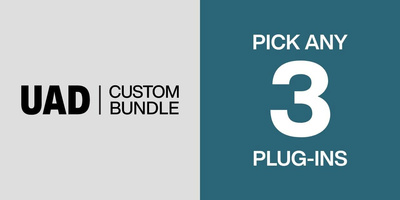
Slate Digital Verbsuite Classics
Verbsuite Classics puts all the famous reverbs in one easy-to-use plug-in. The controls are simple but effective, and the EQ and chorus allow you to shape the sound according to your desired application easily.

What it lacks in looks and features, it makes up for with its sound. Even if you never deviate from the patches, Verbsuite gives you a wide range of reverbs to choose from.
- More from Slate Digital


Lexicon PCM Native Reverb Bundle
The Lexicon PCM Native Reverb plug-ins have become an industry standard over the years. The bundle gives you seven different reverbs, each with its own patch library. The controls are reminiscent of the PCM96, providing detailed controls and visual EQ.

If you’re a lover of the Lexicon sound, this is an easy choice. Although it’s a considerable investment, it does offer a huge amount of flexibility and control beyond simply being a quality reverb.
- More from Lexicon
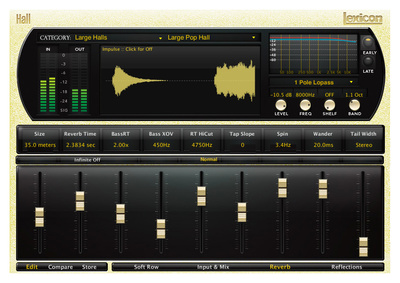
Audio Ease Altiverb 8
Quite simply, Altiverb 8 is the Omnisphere of reverb plug-ins and one of the most powerful reverbs available in hardware or software. If you work as an engineer or sound designer in games, TV, film, or music – you’ve probably used it before.
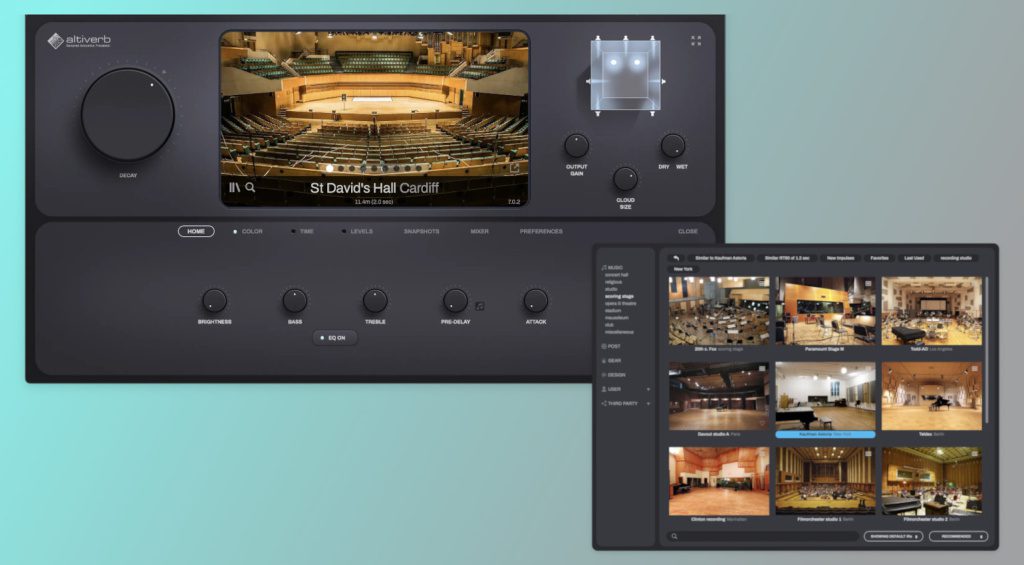
Among its amazing spaces and IR designing capabilities, Altiverb also offers astonishingly realistic vintage reverbs from AMS, Lexicon, Yamaha, and many others. It is pricey, but at least you won’t be needing another reverb any time soon.
- More from Audio Ease
Reverb Effects Pedals
Not all reverb pedals are exclusively designed for guitars. Some offer line-level I/O to suit other instruments like synths and drum machines. This is great for using them on aux sends from your mixer, just like you would with outboard rack gear.
Apart from that, they offer great sounding effects and some even allow you to stack multiple reverb patches and create more complex layered sounds. The creative immediacy of working with a live tweakable instrument also has its own appeal.
Meris Mercury 7 and MercuryX
Inspired by Vangelis’ shimmering, modulated Lexicon 224 reverb sounds from the Bladerunner soundtrack, the Mercury 7 is a pedal version of its 500 series counterpart. The Meris 24-Bit AD/DA with 32-bit floating point DSP engine combined with true analogue signal path means you get studio-quality sound.
In addition, the Mercury 7 offers two different reverb algorithms (Ultraplate/Cathedra) and extensive tone-shaping capabilities. Apart from the EQ, the pitch vector allows you to accurately shift the wet signal for whichever instrument you’re using.
- More from Meris

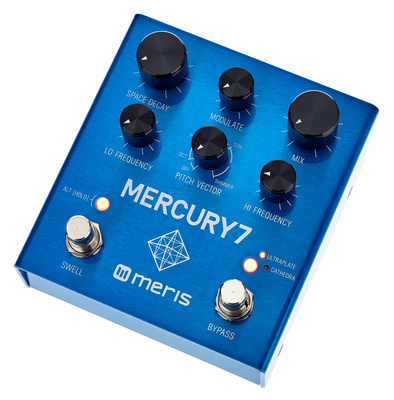

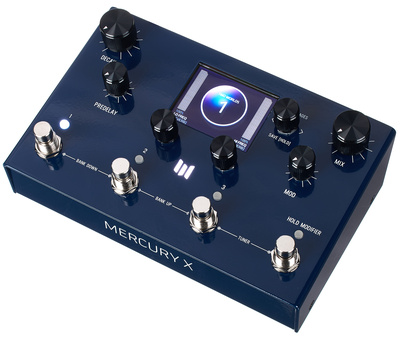
Eventide Space
The Eventide Space pedal gives you 12 signature reverb combo algorithms and 10 knobs to design the sound to your liking. Furthermore, you get 100 patches designed by top engineers and producers like Richard Devine, Alan Moulder, and Flood.

The Space is well built with a metal chassis, so it’s rugged enough for the road. Also, it has great features like MIDI sync via DIN or USB to combine it with other hardware in your setup or even your DAW.
- More from Eventide

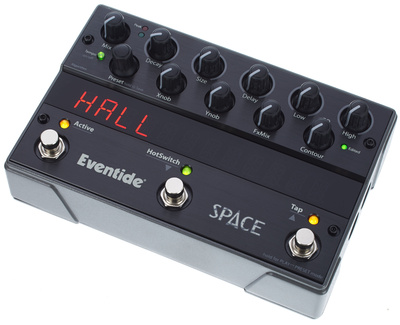
Empress Effects Reverb
Empress Effects are known for creating some of the most innovative designs when it comes to pedals and the Empress Reverb is no exception. Not only is this an amazing-sounding reverb, but it’s also a very versatile creative tool with 32 reverb algorithms and the ability to further update the firmware via SD card.
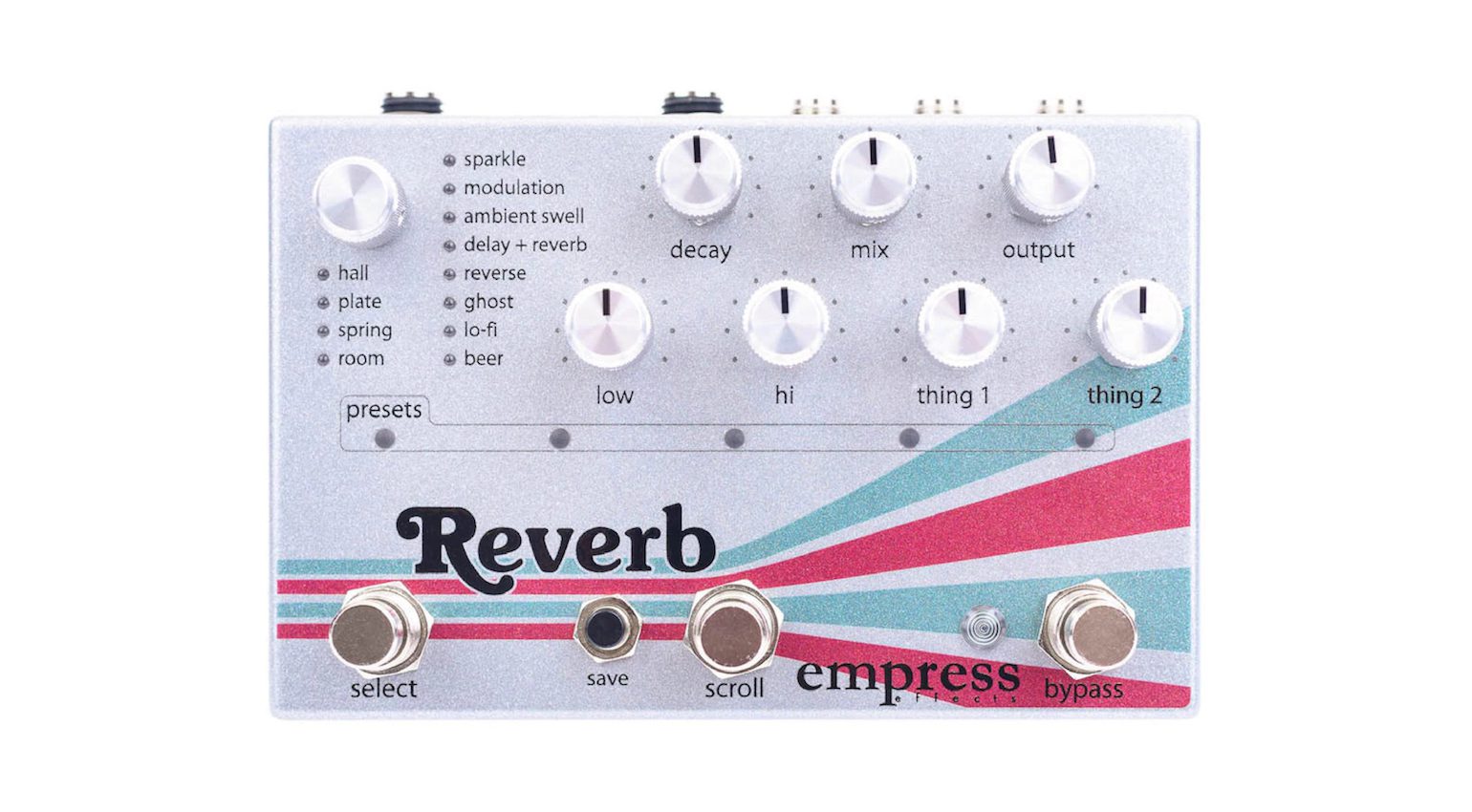
Overall, it’s a great combination of good build quality and simple effective design. You will, however, need a re-amping device for it to function optimally as a line-level outboard processor.
- More from Empress Effects

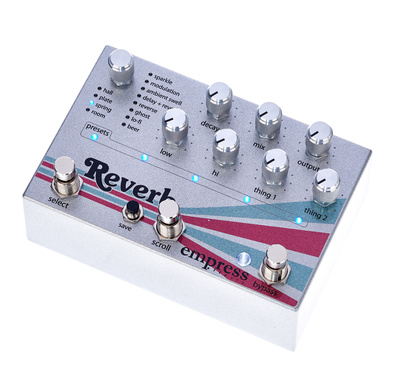
500 Series reverbs
500 Series effects give you much of the same quality as 19″ rack gear, but the more compact format provides certain benefits. In studio, these are great units if you don’t have much space and they offer excellent portability for live use.
All it takes is the right 500 series chassis and you can put your own rig together. Be aware of the space requirements before you look at purchasing these units, as some are larger than others.
Meris Mercury 7 500
The Mercury 7 500 has all the same features as the pedal version save for the swell and bypass switches. The fundamental difference is that the 500 series version is a single-space mono unit with more expandability.
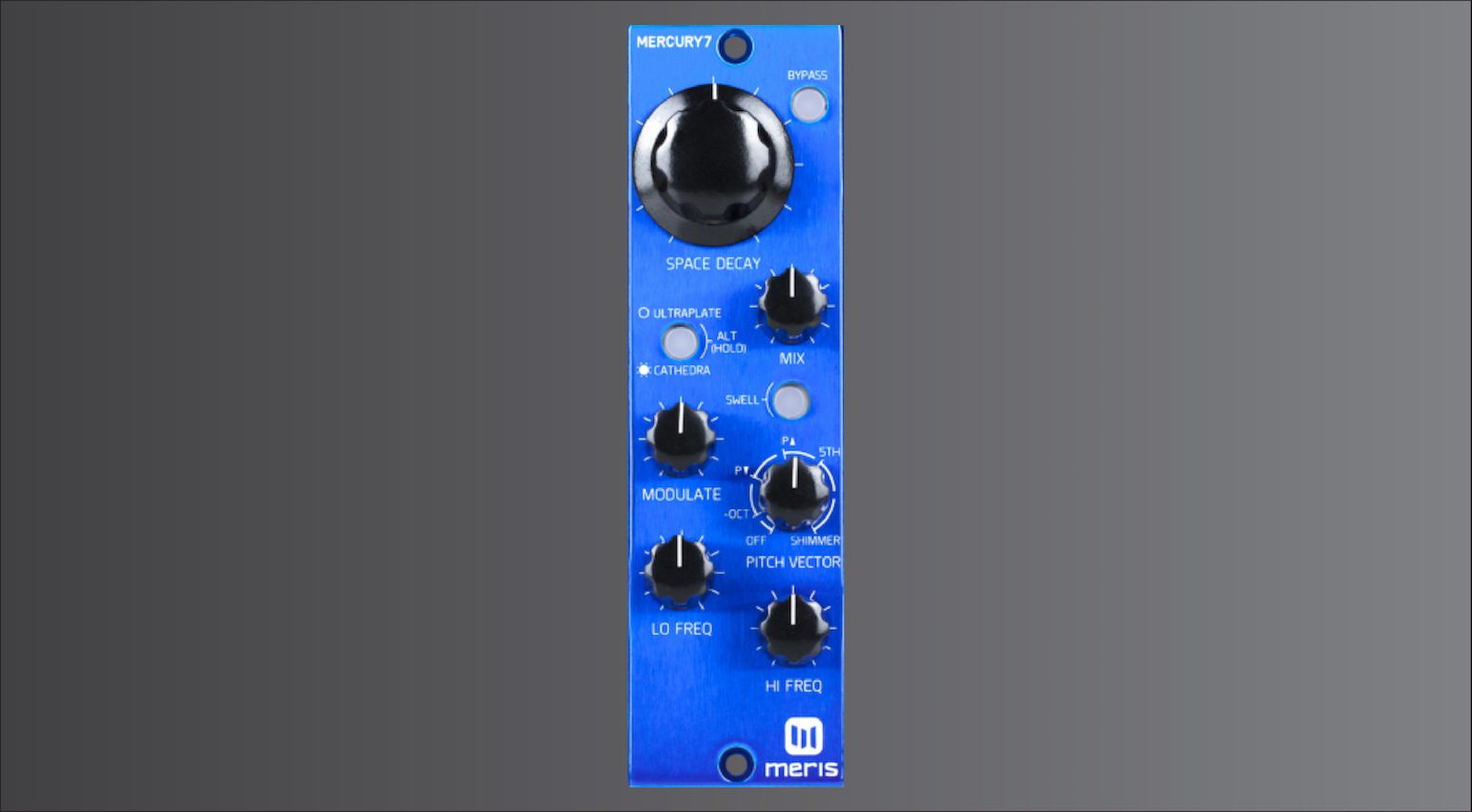
It is both stereo and surround linkable, which makes it extremely formidable considering the cost of high-end studio reverbs. Overall, the approach of the Mercury 7 500 is refreshing, as it encourages real-time sound-shaping rather than sticking to one patch.
- More from Meris

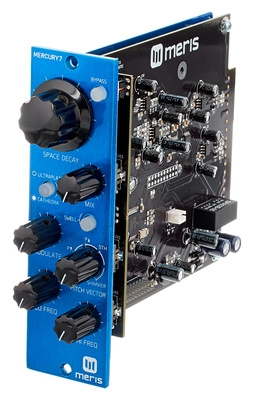
AMS Neve RMX16 500
The RMX16 500 is AMS Neve’s rather recent reissue of the 1981 classic reverb. It takes up three spaces in your 500 series rack and has a very straightforward interface, making it a breeze to build and save patches.

Best of all though, it’s almost impossible to distinguish from the sound of the vintage RMX16. The character is captured in every way, with the I/O stages perfectly modeled and all the original patches maintained.
- More from AMS Neve

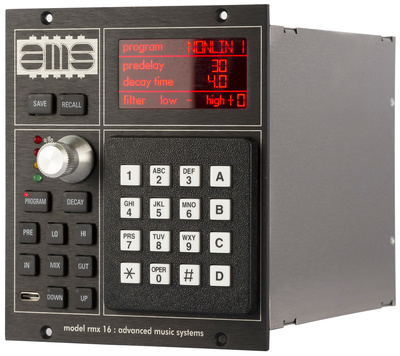
Rackmount reverbs
This is where we get into the higher-end side of reverbs available. You certainly don’t need to spend $2000 simply to create a decent 80s reverb sound. However, it will get you a top-of-the-line reverb capable of creating reverbs for any application.
The great thing about high-end hardware reverbs is that they don’t seem to date, lose much resale value, or go out of style. Once you have one of these in your rack, you are far less likely to keep buying every newly released product as you would with software.
Lexicon PCM92
Lexicon’s PCM92 has all the features you’d expect from a professional stereo reverb. This includes 28 new and classic reverb, delay, and modulation effects and a library of over 700 presets to choose from.

The PCM92 supports up to 96kHz sample rate with its 32-bit floating point system. In addition, It’s equipped with pro-industry connectivity formats such as AES/EBU, word clock, and ethernet. This makes it easy to slot into just about any studio or live setup.
- More from Lexicon
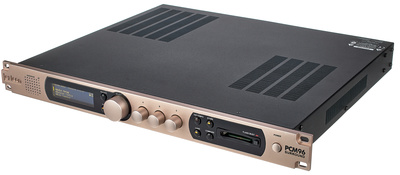
Bricasti M7
Bricasti was founded by DSP engineer, Casey Dowdell, and Brian Zolner – who has 20 years of experience working with Lexicon. The Bricasti M7 was launched in 2007 and fast established itself as the industry standard professional reverb unit worldwide.

With the ability to produce huge reverbs, transparent chambers, and anything in between, M7 owners are unlikely to ever need another digital reverb. The M7 gives you 100 presets with 12 tweakable parameters and all the pristine DSP you’d expect for the price.
- More about Bricasti

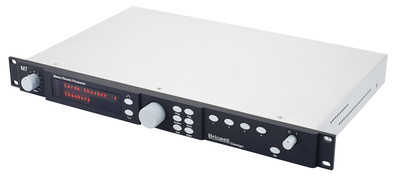
Quantec Yardstick 2496 S
The German answer to AMS and Lexicon, the Yardstick 2496 S is based on the classic Quantec QRS digital reverb from 1982. It’s just astonishing how transparent an early 1980s reverb algorithm still sounds today when compared to other professional reverbs.
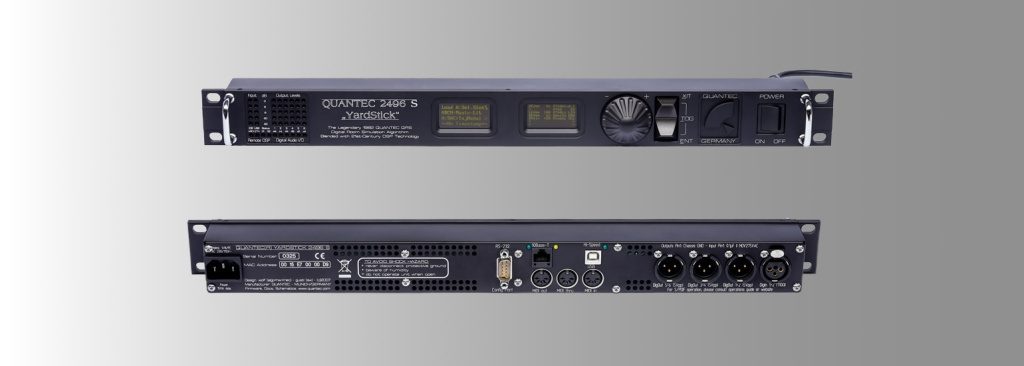
The Yardstick comes with a web app that gives you comprehensive control over its wide range of parameters and the ability to easily match the reverb to the dimensions of the original recording space.
- More about Quantec
More about 1980s reverb and vintage effects:
*This post contains affiliate links and/or widgets. When you buy a product via our affiliate partner, we receive a small commission that helps support what we do. Don’t worry, you pay the same price. Thanks for your support!
8 responses to “Why do we still use 1980s reverb?”
 3,8 / 5,0 |
3,8 / 5,0 | 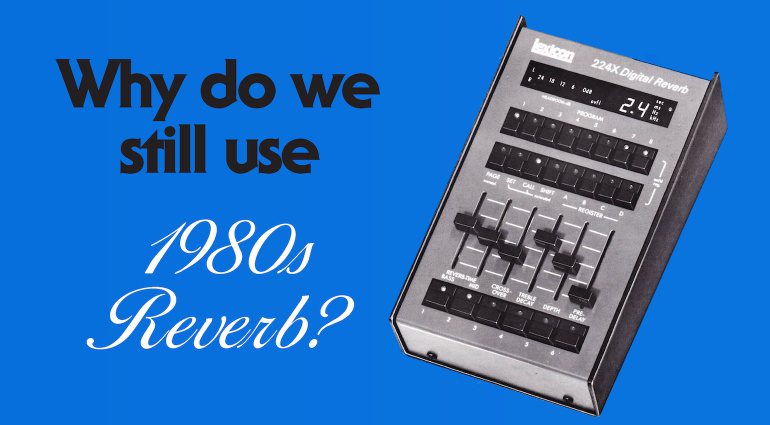


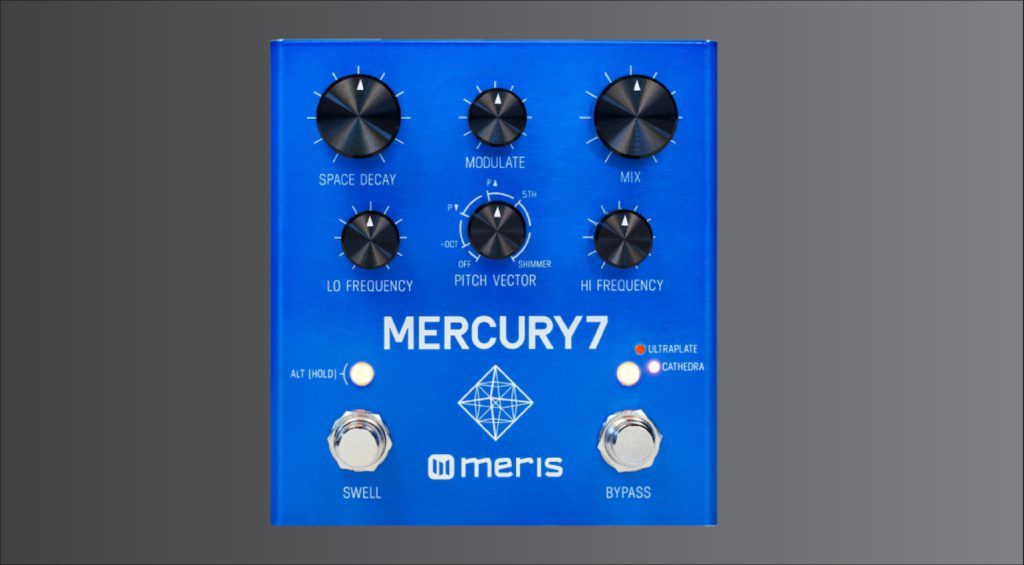
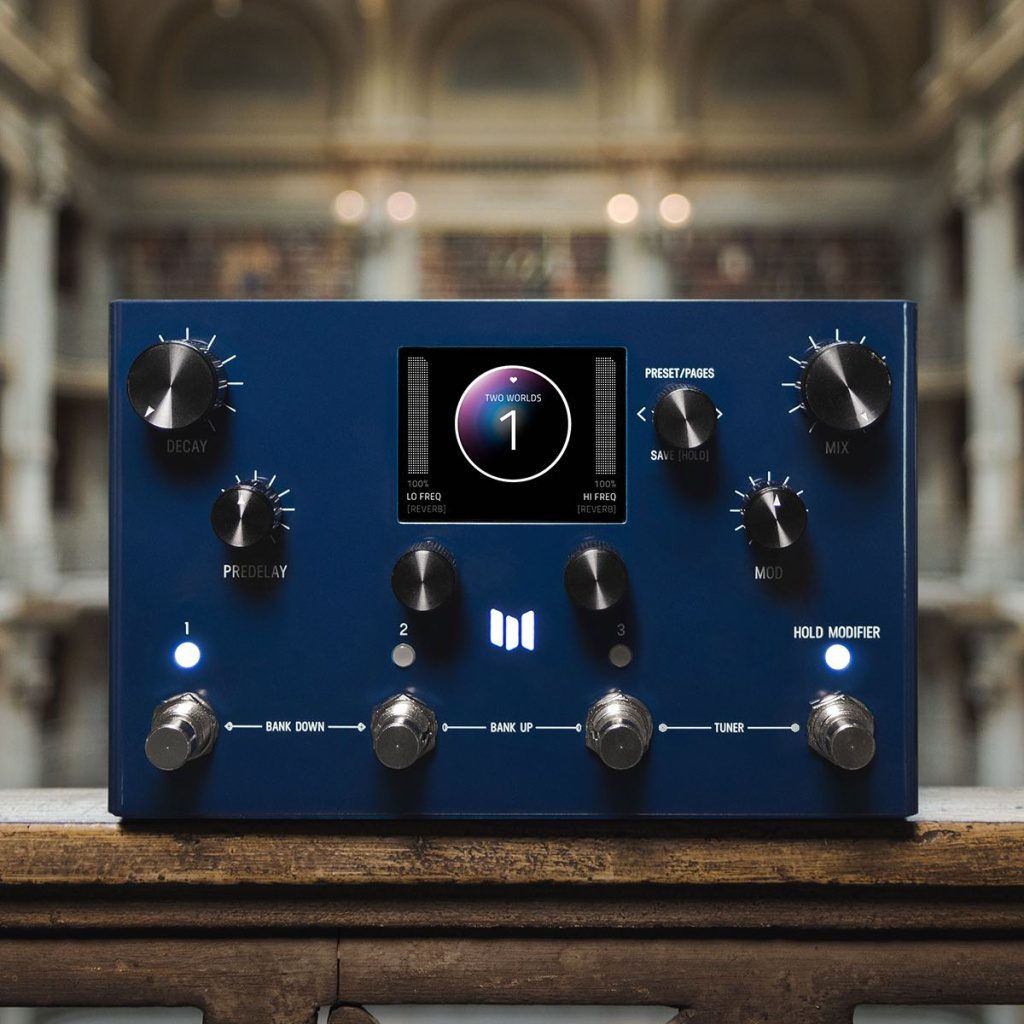
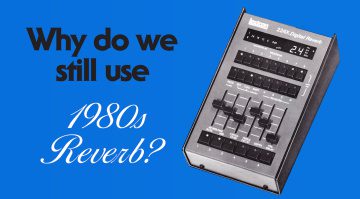

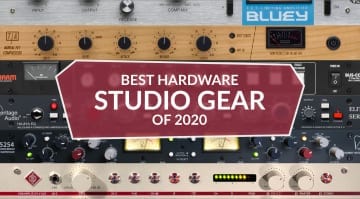
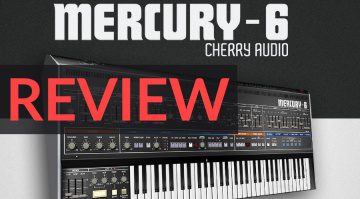
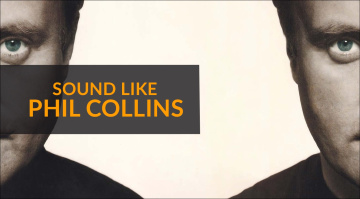

Simply because the 80s reverbs are stuck like glue in everyone’s brains.
Well, Nomad Factory’s “80 Spaces” should be mentioned, as well as Valhalla DSP’s VintageVerb.
Basically the 80s drums out of the box.
To the best of my knowledge, you can design your own reverbs, if you have the tech skills, for the Korg NTS1, which currently costs about £80. Somebody might make make an 80s reverb emulator plugin for it at some point. Got an old 80s Yamaha 12 bit reverb somewhere in one of the cupboards, can’t give it away!
Just thinking, as an additional point, maybe Korg should develop the NTS1 effects functions into a sturdier desktop effects box, into which you can load hundreds of plugins, and with which you can assign the comprehensive control knobs to any function of each plugin? Got 3 NTS1s, and I use them on synths that have no on-board effects, as the NTS1 will sync to MIDI clock. Works great with the TD3, Monologue etc.
the yamaha rev 7 is a great reverb unit, and so well designed, this was used on so many hits back in the day and yet you can still get these for next to nothing,,, for now !!
agreed, prince used the rev7 and rev 5 alot, he loved them i think they are still at his studio Paisley Park you can go on the tour and see them. yea you could pick them up for about £170ish a few years ago but prices are rising at the mo, now more like 400 for ones still working, great reverbs and well worth that for lots of reasons. had one back in the day, sold it and im just on the hunt for one also at the mo.
I use four Yamaha REX-50 effects processors!!! I know, hardly studio grade, but there is a character to their sound which I really like but can’t match with anything else. They’re getting pricey now but I got them all for under 50 quid each. I actually bought one brand new in 1987 but sold it a few years later.
Using 80’s reverbs are like choosing a strat or les paul, it’s a part of you forever. How does Relab Development and their LX480 get left out of these lists? They even offer an essentials version with an upgrade option to get your feet and your mix wet.
OTO Bam is a great outboard reverb with many 80s algorithms and the Arturia LX-24 does a good take on the Lexicon.
You are currently viewing a placeholder content from Facebook. To access the actual content, click the button below. Please note that doing so will share data with third-party providers.
More InformationYou are currently viewing a placeholder content from Instagram. To access the actual content, click the button below. Please note that doing so will share data with third-party providers.
More InformationYou are currently viewing a placeholder content from X. To access the actual content, click the button below. Please note that doing so will share data with third-party providers.
More Information